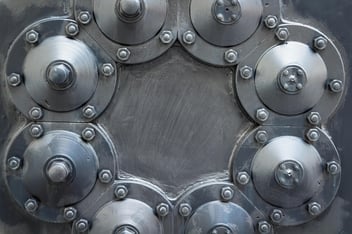Using lightweight metals can save costs and improve the energy/fuel efficiency of designs. But when it comes to mechanical joints, it is difficult to integrate light metals without risking mechanical failure.
Mechanical joints need to be resistant to wear, corrosion and high temperatures. This has resulted in many joints being made of heavier, stronger metals to directly avoid mechanical joint failure.
As a solution, wire thread inserts provide the protective characteristics to successfully integrate lightweight mechanical joints without the risk of failure.
In this article, we unpack the different environmental factors that lead to mechanical joint failure. Then we introduce wire thread inserts as a solution for the successful integration of light metal alloys.
The causes of failure in mechanical joints
The fastening element used in mechanical joints needs to be extremely resilient to make sure it can function. All of the forces between the two connecting components are concentrated in the fastener hole(s), providing the friction necessary to provide a strong and reliable joining mechanism.
Because of this, the fastening element of mechanical joints are usually heavy bolts/screws that can withstand high pressure and loads. Lighter parent materials, on the other hand, are softer and more susceptible to a number of factors that can lead to mechanical failure.
Galvanic corrosion
Galvanic corrosion is a significant challenge for mechanical joints. It takes place when two different metals are in contact and in the presence of an electrolyte solution like water. For aerospace and automotive applications, they face moisture with dissolved salts that make the effects of galvanic corrosion more damaging.
Galvanic corrosion can take place between the parent material and bolt of a mechanical joint. This results in a gradual deterioration of mechanical strength and eventual joint failure if not addressed. Galvanic corrosion makes it difficult to use light metals like aluminium and magnesium as they are naturally reactive metals and would deteriorate quickly.
High-temperature environments
Extreme temperatures are a common challenge for mechanical joints. Engine components, exhaust elements, and brake systems all face high-thermal stresses. At the same time, they need rugged joining solutions that can maintain high mechanical strength and stresses alongside extreme temperatures.
High temperatures can directly result in mechanical joint failure from material deformation. This is where the metal loses its mechanical strength and deforms from high temperatures. Because of this, specialised heavy metals like fire-resistant steel are often used. Light metals like aluminium experience material deformation at lower temperatures, making them unsuitable for high-temperature environments.
Fretting and wear
Many assembled mechanical joints and systems face high vibration environments, and are often responsible for dampening these vibrations for connected components. However, these environments can lead to friction induced wear within the joint, resulting in a loss of load strength.
Additionally, the bolt in the mechanical joint will often face uneven loads of force. This can lead to fatigue cracks and fretting fatigue that reduce the strength of the joint and quickly result in mechanical failure. For lightweight metals, this is a major challenge in their integration. Any major differences between material strength of the bolt and component can increase the presence of force loading and wear as a result.
How to protect mechanical joints from failure
Wire thread inserts are a universal solution to protecting mechanical joints from the above factors. They provide superior fastening performance by design when compared to the original thread of a parent material. They adjust radially and axially within the parent material when a bolt is driven through. This provides a number of advantages to avoid mechanical failure and extend the lifespan of mechanical joints.
The benefits of wire thread inserts
- Increased strength and reduced wear for soft metals - Wire thread inserts spread the load distribution across the length of the inserted bolt. This provides enhanced strength for the joint, reduces the risk of fretting and wear, and greatly improves fatigue strength. As a result, softer metals that are prone to wear can be integrated into mechanical joints without the risk of failure.
- Protection from corrosion in light metals - Wire thread inserts act as a protective layer between the bolt and parent material. By using similar or low reactive metals like stainless steel, these inserts can minimise the possibility of galvanic corrosion in light metals like aluminium and magnesium.
- Different material compositions for additional protection - Factors like material deformation from high temperatures can be avoided by integrating inserts with specific material compositions. A key example is inconel wire thread inserts which provide extreme thermal resistance to allow light metals to be integrated. This extends to other factors like corrosion, with phosphor bronze wire thread inserts providing corrosion resistance.
- Simple repair and maintenance - Wire thread inserts are designed to be used as a repair and maintenance tool. When tapped holes lose their threading or become damaged, they can be installed to reintroduce and enhance the strength of the joint. And when the inserts need to be repaired, they can easily be replaced, making them an efficient and inexpensive solution.
Enhance the lifespan and functionality of your mechanical joints with KATO® Advanex
Mechanical joints face a number of extreme and difficult conditions that pose significant design challenges. Corrosion, high temperatures and wear can all lead to mechanical failure if left unchecked. Fortunately, wire thread inserts provide resilience, strength and surface protection to the fastening systems of mechanical joints to enhance life and functionality.
At KATO® Advanex, we are leading manufacturers of high-quality wire thread inserts that are available in both Tanged and Tangless® designs. Across every industry, our inserts form strong, resilient and lightweight joints that reduce costs, improve fuel economy and inspire innovation.
Our wire thread inserts are available in a wide range of material compositions, surface finishes and design specifications. With a wide range of customizability for specific mechanical joints, you can easily find the perfect fastening solution to maximise the lifespan and mechanical potential of your components.
To find out more about our products or to get additional pricing information, contact a member of our team today.
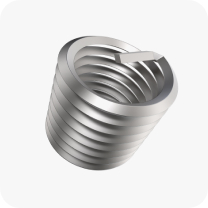
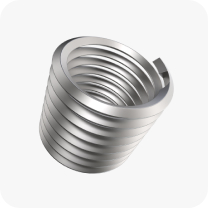
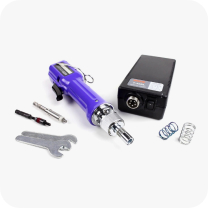
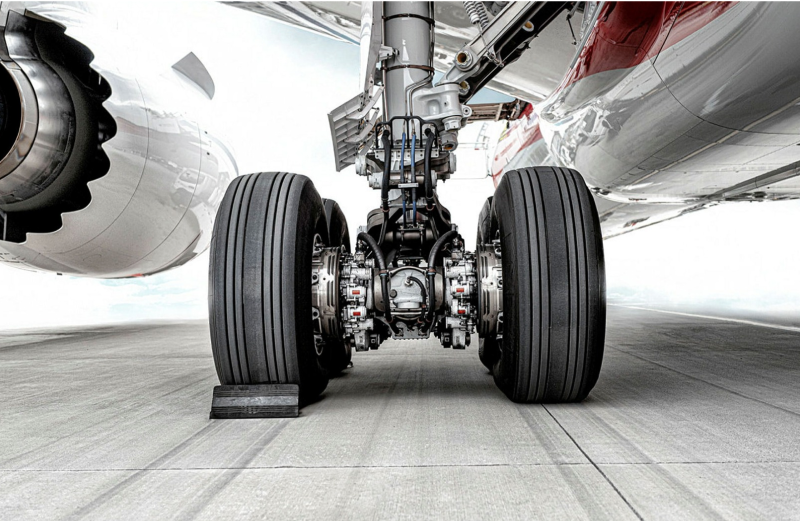
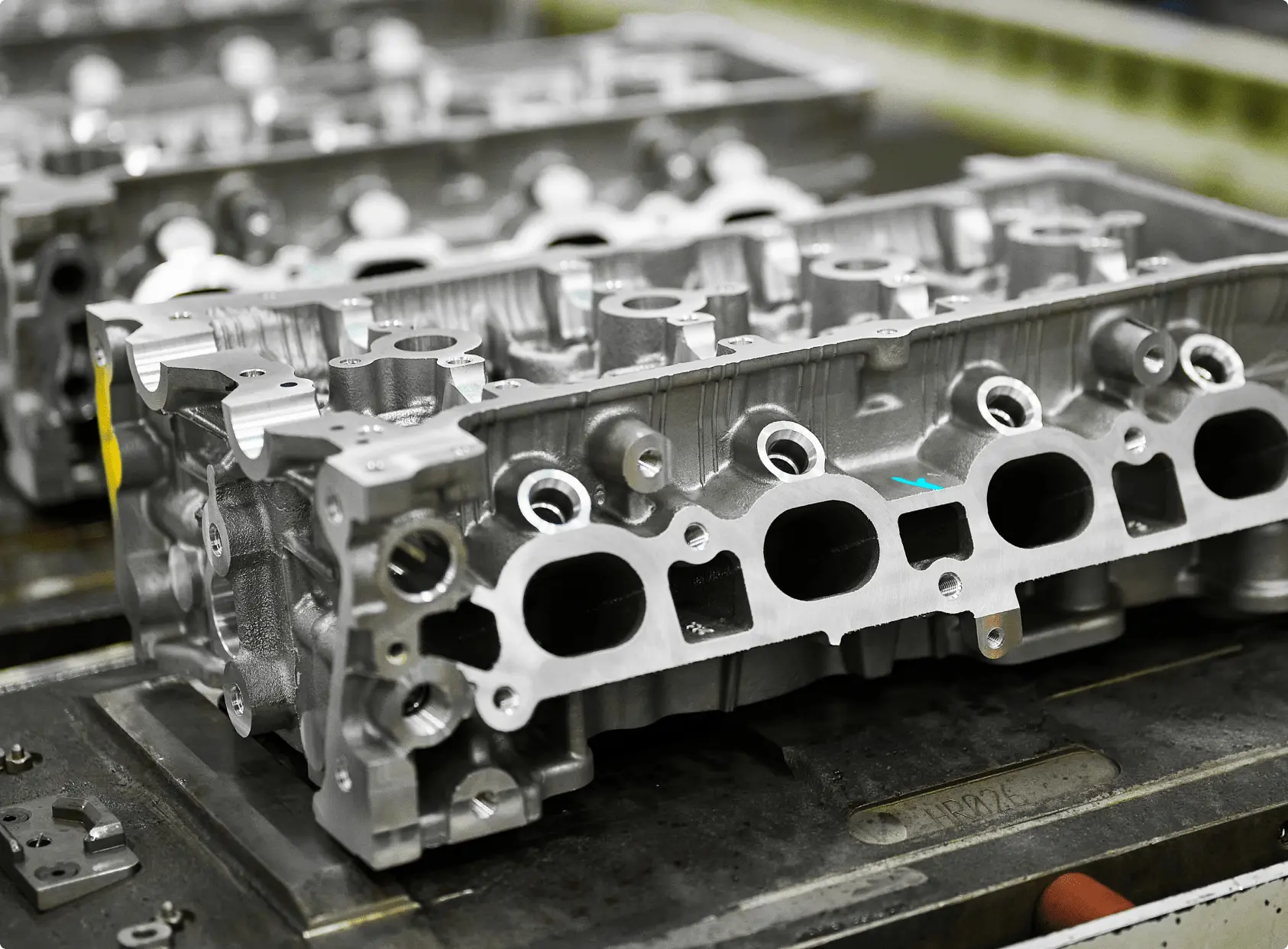
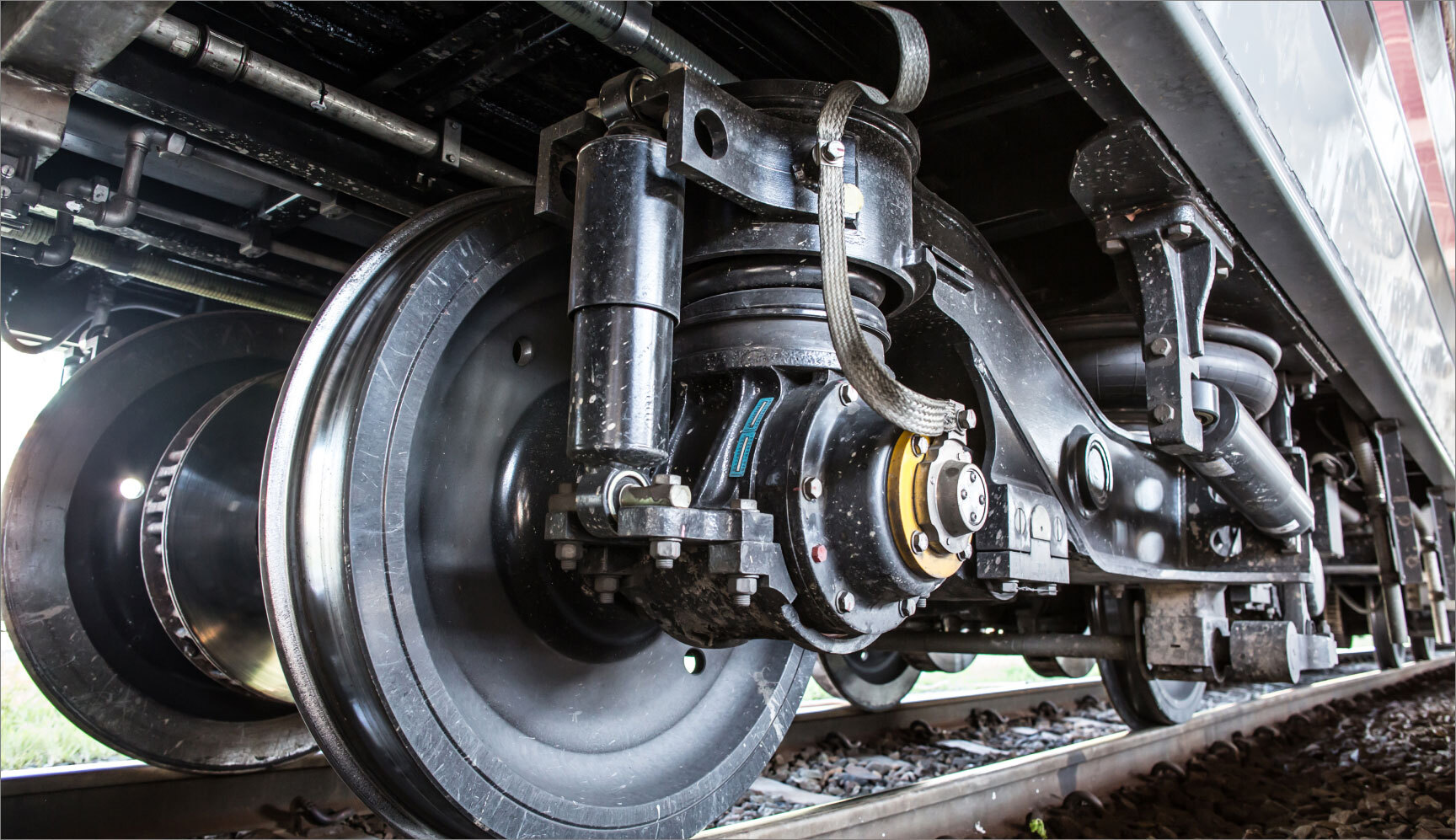

.jpg?width=352&name=Shutterstock_2382368291%20(1).jpg)
.jpg?width=352&name=KATO%20PLANE%20(1).jpg)
.jpg?width=352&name=Shutterstock_2096504170%20(1).jpg)
.jpg?width=352&name=EV%20charging%20(3).jpg)
